Japanese koi are the most colorful and magnificent fish that you can keep in any fresh water environment. The different color and pattern variations associated with the different koi varieties can be like an artist painting on each fish. Even the white of the Platinum Ogon koi can be breathtaking. Especially for a fish that can grow to 30 inches and live to 50 years in the right environment. From the Asagi to the Utsuri, there are many factors involved in raising these magnificent koi. Many koi keepers have done all the right things in creating a koi pond large enough, with plenty of water movement and filtration to keep and grow large koi. They may buy quality Japanese koi that started out looking great, but as time goes by may loose koi to disease or have the colors seem to wash out. Many koi keepers overlook the importance of using a premium koi food that meets all the nutritional needs of their koi. It's like humans eating a diet of junk food and expecting to be trim and healthy and live a long life.
Bentonite Clay
The Japanese have spent many years developing the different breeds by careful selection and also developing their own formulas of food for the best growth, color, and health. The best koi in the world are grown in mud ponds in the fertile valleys of Niigata in Japan. The reason for this is because of the minerals present in the clay of these mud ponds that ad to the color and health of the koi. Dainichi is the only koi food that incorporates bentonite clay in their koi foods. Bentonite clay contains over 60 minerals and trace elements that aid in enhancing digestion and growth, as well as neutralizing metabolic toxins. Koi that have a poor diet will show up in the whites looking dingy, especially in the face where it will look more yellow than in the rest of the koi. You can also add bentonite clay directly to the pond water to help stabilize the water ph. Koi will ingest significant quantities of silt and other indigestible detritus from their natural environment which will act to bulk out the diet. Having gravel in the bottom of your pond gives a place for this silt and detritus to build up without having the turbid water that you would in a mud pond. It will also harbor worms and small crustaceans that the koi will feed on. Water lilies can be taken out of the pots and planted directly in the gravel adding to the ecosystem of the pond.
High Protein
The metabolism of koi reaches a peak at water temperatures of 75?F. During this time it is essential that they receive a high protein diet to aid in growth and color. They also need to be fed at least twice a day, three times is better. Koi do not have stomachs, and when their metabolism is high they forage constantly. Fish meal and krill for color are protein ingredients to look for in a high quality koi food.
Koi Eat Plants
There are a lot of people that will tell you not to put Japanese koi and plants together. Pet stores and internet articles suggest that koi will destroy any plants you put in your pond. Koi are omnivorous and need vegetable matter in their diet. A high quality koi food will contain spirulina algae which also enhances color. Since koi forage constantly it is good to grow a plant in your pond that will keep up with the appetite of the koi. Watercress is an excellent plant food source for koi. Watercress contains significant amounts of iron, calcium and folic acid, in addition to vitamins A and C, and koi love it. It is best to plant on a shallow ledge with rocks around it to keep the koi from pulling up the roots. You can buy it in the produce section of your grocery store. Just stick it in some shallow water in gravel and it will grow.
Different Foods for the Seasons
During the cooler seasons of spring and fall it is best to feed a food that is higher in vegetable matter, lower in protein, and easy to digest. In the summer months, when the water temperature is above 70?F switch to a higher protein formula. When the water temperature is above 70?F it takes about 16 hours for the food to move completely through a koi digestive tract. At 50?F it can take up to 60 hours and food intake is much less. Only feed the koi as much as they will eat within a few minutes. It is much better to feed 3 times a day in the summer months. At 50?- 55?feed 2 - 3 times a week. When the water temperature goes below 50?F do not feed the koi at all. If the food is not digested due to the low metabolism it can rot in the gut of the koi and cause death.
Cost Versus Quality
If you consider the cost of a high quality food versus the "cheap" foods, there is not that much difference. Keeping healthy koi using a high quality food means fewer outbreaks of disease and lower mortality rates. You are not spending money replacing koi or treating for disease with medications due to poor health because of a poor diet. You also have to go by weight and not just the physical size of the bag. Cheaper foods tend to be more airy while the premium foods tend to be more dense, so it looks like you are getting more food than you actually are with the cheap food. Many times, if compared by weight, the price is pretty close. In the long run it may actually be cheaper to buy the premium food. You will definitely notice the difference in the color, growth, and overall health of the koi over just a short time.

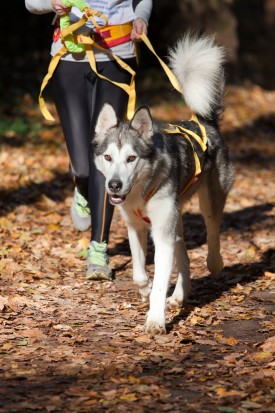 Getting Involved In Canicross ( Canix )
Getting Involved
Getting Involved In Canicross ( Canix )
Getting Involved
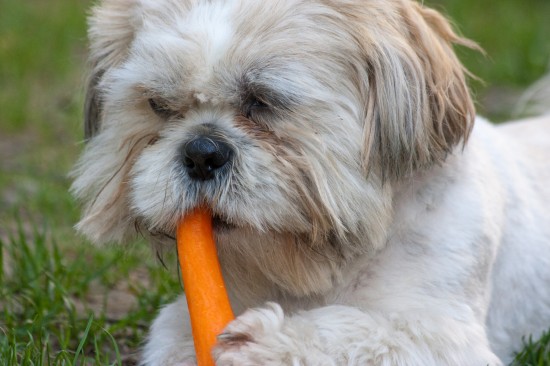 Ten Good Supplemental Foods To Help Combat Problems In Dogs
Ten Good Suppleme
Ten Good Supplemental Foods To Help Combat Problems In Dogs
Ten Good Suppleme
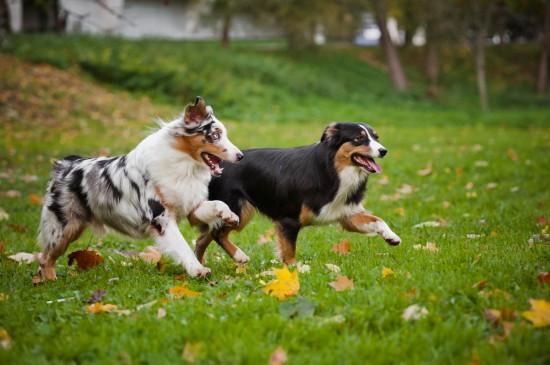 How To Encourage Your Dog To Play Nicely With Strange Dogs
How To Encourage
How To Encourage Your Dog To Play Nicely With Strange Dogs
How To Encourage
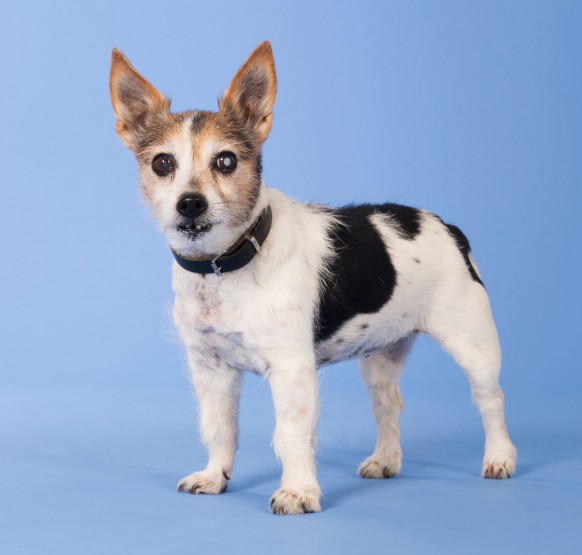 Jack Russells And Cataracts
Jack Russells And
Jack Russells And Cataracts
Jack Russells And
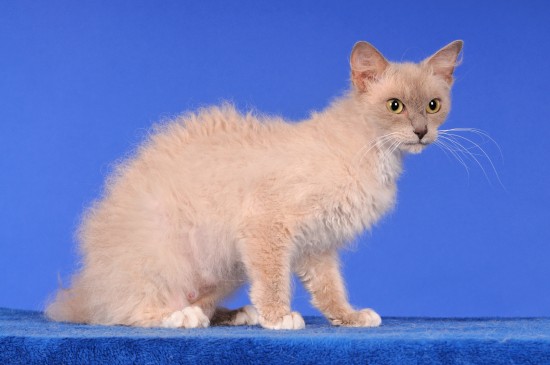 All About Laperm Cats In The Uk, And What Is Required For Pedigree Registration
All About Laperm
All About Laperm Cats In The Uk, And What Is Required For Pedigree Registration
All About Laperm